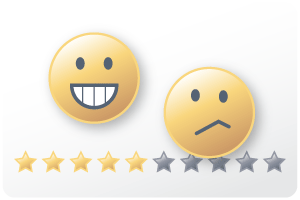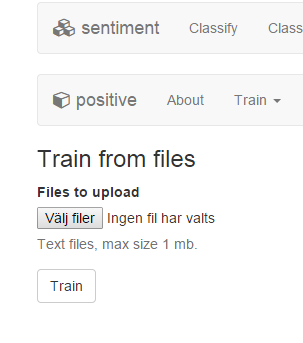uClassify has been around since October 2008, and to date has almost 15000 registered users and nearly 2000 classifiers. All this time the web api has been completely free with no restrictions what so ever (number of calls, classifiers, size of classifiers etc). But lately we have gotten a lot more traffic over our web api. This is of course a lot of fun but it also adds more server cost. Therefore I want to try to introduce payment options for those who can pay but keep it free for the majority of users.
Free, Indie, Professional and Enterprise Accounts
What I want to do is to introduce a pricing model that doesn’t affect the majority of users and hopefully only affects those who can afford to pay.
After analyzing the logs I’ve found only a few percent of the users make more than 1000 calls per day. Therefore I decided to introduce a limit of max 5000 calls per day for free accounts. Keeping in mind that I want it affordable for everyone I introduced both ‘Indie’ and ‘Professional’ accounts. Both with a cap of 100.000 calls per day. The indie account is for smaller companies (<100.000€ yearly revenue). The pricing for an Indie account is initially set to 9€/month and for professional 99€/month.
On top of that there is an option to upgrade to 1.000.000 calls / day for a price of 299€/month for high end users. Also I will offer a free Academic account with 1.000.000 calls / day cap for researchers.
To sum up
Free 5000 calls/day
Indie* 9€/month -> 100.000 calls/day
Professional 99€/month -> 100.000 calls/day
Enterprise 299€/month -> 1.000.000 calls/day
Academic 1.000.000 calls/day
*Indie=For small companies and private persons with yearly revenue < 100.000€
Subscription will be done via Paypal.
What will happen to existing accounts?
If you already have a uClassify account it will be upgraded to an Enterprise account with X months expiry time. All of those who are likely to be affected will be emailed with a heads up. But most of you won’t notice this change.
The system will likely be implemented during the nearest weeks.
I am open to suggestions, if you have feedback or think this sucks please let me know! (contact AT uclassify DOT com)


